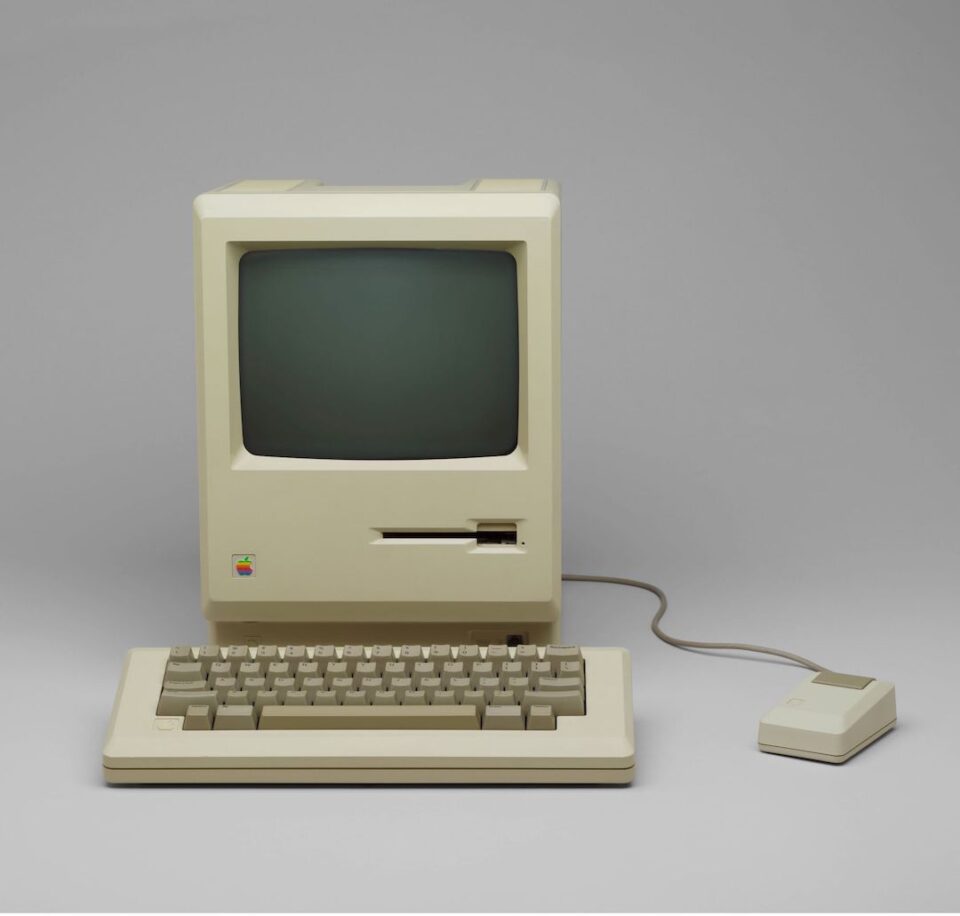Pirouette: Turning Points in Design at The Museum of Modern Art (MoMA) is a compelling exploration of design’s transformative power. Spanning nearly a century – from the 1930s to the present day – the exhibition presents over 100 objects that have redefined aesthetics, function and cultural behaviour. Pirouette is an exhilarating narrative of design’s role as a catalyst for change, from universally recognised innovations to niche experiments that alter creative landscapes.
The show, curated by Paola Antonelli, Senior Curator in the Department of Architecture and Design and Director of Research and Development, considers design as an agent of influence. It examines works that disrupt the status quo and introduce new paradigms in everyday life, technology and sustainability. “Every object has a story. Some objects, moreover, make history – or change it,” Antonelli says. “Design can help us steer the course in positive directions by making us aware of, and helping us correct, negative behaviours. It can also invent novel behaviours that embody new goals, sustainability and justice among them.”
Amongst the pioneering works featured in Pirouette are game-changing products such as the Apple Macintosh 128K (1983), the Sony Walkman (1979) and the ubiquitous Post-it Note (1977) by Art Fry and Spencer Silver. These items represent design breakthroughs that have seamlessly integrated into daily life. Yet, the exhibition also celebrates more conceptual works, such as Don Pettit’s Coffee Cup for Astronauts (2008), Tejo Remy’s “You Can’t Lay Down Your Memory” Chest of Drawers (1991), and Sabine Marcelis’s Candy Cube (2014), which, despite limited commercial reach, have left indelible marks on the design field.

The exhibition also acknowledges the power of visual communication. Milton Glaser’s iconic I ♥ NY logo (1976), originally scribbled on a scrap of paper in a taxi, has become a global emblem of optimism and resilience. Ed Hawkins’s Global Temperature Spiral (2018–ongoing) visually translates climate data into an emotionally resonant call for environmental consciousness. These pieces reinforce design’s ability to bridge aesthetics and activism. Whilst some designs revolutionise everyday convenience, others prompt deeper societal reflections. Gabriel Fontana’s Multiform (2019), a sports uniform project that fosters inclusivity and challenges traditional team structures, embodies design’s role in reshaping social dynamics. Similarly, Christien Meindertsma’s decade-long research on flax demonstrates how material exploration can redefine sustainable manufacturing.
The exhibition’s structure guides visitors through distinct themes, each illustrating a different facet of design’s impact: innovations that alter behaviours by changing human interaction with technology and space, radical aesthetics that defy conventions in form and function, design as activism showcasing works that engage with socio-political challenges and environmental issues, and speculative futures featuring experimental projects that push the boundaries of what design can achieve. Together, these thematic explorations highlight how design not only adapts to change but actively engineers it.
In the words of Antonelli: “In this exhibition, we highlight a sample group of these significant objects, one by one.” By positioning design as an ongoing dialogue between innovation and necessity, Pirouette encourages visitors to reconsider the objects that shape their own lives. Whether through the intimacy of a handwritten note, the portability of personal music, or the visibility of a political message, the exhibition underscores how design continually redefines the human experience.
Pirouette: Turning Points in Design is on view at MoMA, New York, until 18 October 2025.
For more information, visit moma.org.
Words: Shirley Stevenson
Image Credits:
1. Gabriel Fontana. Multiform. 2019. Photo: Iris Rijskamp.
2. Apple, Inc., Steve Jobs, Jerry Manock. Macintosh 128K Home Computer. 1983. The Museum of Modern Art, New York. © Apple, Inc.





